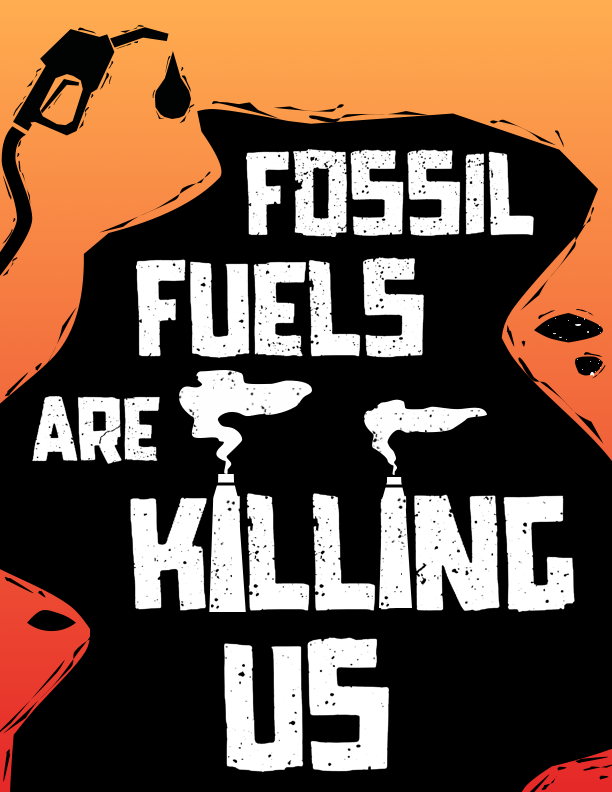Every five years, the California Air Resources Board (CARB) creates a Scoping Plan, a roadmap of actions required to meet California’s climate goals. Unfortunately, the current proposed plan doesn’t ensure that California will meet its greenhouse gas reduction targets, which are set by state law. It also doesn’t address key Environmental Justice Advisory Committee (EJAC) recommendations, and fails to put California on a path to phase out fossil fuels equitably by 2045. 350 Bay Area joined many other allied groups in calling for a stronger Scoping Plan that is far more ambitious, addresses environmental injustice, and puts California on a path to reach real zero emissions!
On November 14th 350 Bay Area delivered a letter with 780 signatures attached supporting California to meet our climate goals. Please read the letter below, and continue to add your name when these opportunities for advocacy arise!
###
Honorable Gavin Newsom Governor, State of California 1021 O Street, Suite 9000 Sacramento, CA 94814
Chair Liane Randolph California Air Resources Board 1001 I Street
Sacramento, CA 95814
Nov 14, 2022
RE: Recommendations for 2022 Scoping Plan
Dear Governor Newsom, Chair Liane Randolph and California Air Resources Board Members.
Thank you for advocating for a stronger 2022 Scoping Plan(SP) update that truly ensures California meets its statutory targets. Unfortunately, the draft plan still does not address key Environmental Justice Advisory Committee (EJAC) recommendations and does not put California on a path to phase out fossil fuels equitably by 2045. 350 Bay Area strongly supports the EJAC’s recommendations and wants to call out the important leadership and hard work these frontline community groups have made to strengthen this Scoping Plan.
We urge you to implement the EJAC recommendations, with specific attention to the following points.
- The rapid and equitable phasing out of fossil fuels, both production and consumption, must be the cornerstone of the SP. This includes phasing out natural gas peaker plants, many of which are in frontline communities.
- CARB must prioritize and compel direct reductions of both GHG emissions and reducing local air pollution, with a strong commitment to equity and justice. The draft plan still does not ensure that California will meet its legally mandated target.
- In achieving these goals, CARB must not rely on unproven and costly technologies to capture and store carbon dioxide and other GHG emissions. CARB’s modeling assumptions overstate the costs to faster phasing out of the oil and gas industry, while understating the costs of Carbon Capture and Storage (CCS) and understating the health-related costs. Unrealistic estimates of the net costs, and actual effectiveness of CCS and Direct Air Capture have resulted in an over-reliance on these technologies to
achieve SP goals. We strongly urge CARB to reject the use of CCS for fossil fuel infrastructure, including oil refineries.
- We strongly support the inclusion of Natural and Working Lands (NWL) into the SP, and support CARB’s coordination with NRA, CDFA and other relevant agencies to ensure that the maximum targets for NWL carbon sequestration can be achieved. In contrast to the current SP’s unrealistic reliance on engineered carbon removal, sequestration in NWL provides the least expensive and most scalable approaches for carbon drawdown in urban forests, croplands, wetlands, coastal waters, deserts, and pasturelands. NWL carbon sequestration is feasible now, and has multiple co-benefits, which should be incorporated into additional modeling.
- Additionally, the target for transition of land to organic farming (diversified organic agriculture) should be 30% of cropland acreage by 2030. Appropriate integration of NWL into the SP cannot wait another five years.
- The SP must emphasize and accelerate clean Distributed Energy Resources (DER). Independent studies show that optimizing DER consistently results in decreasing electricity rates over time, compared to meeting clean energy goals with investments in utility scale PV. We strongly support the rapid expansion of local clean and resilient energy systems for low and moderate income households and maximizing energy efficiency and building electrification.
- Overall, the Transportation Sector in the SP must achieve deeper cuts. This one sector represents more than 41% of state emissions. It has been the hardest to transform and needs the most work. To this end, ZEV adoption (all types of vehicles) and land use for VMT reduction need to be accelerated in the SP, with a priority on low income communities.
California must have a climate roadmap that prioritizes rapid and direct emissions reductions at
the source, centers Indigenous Peoples and frontline communities of color, and fully phases out
the production, refining, and use of fossil fuels at the pace that science and justice require.
Once again, we strongly urge you to accept and implement the EJAC recommendations and ensure California’s equitable transition to a clean energy future.
Sincerely,
Claire Broome, MD, MPH, 350 Clean Energy Team
Valerie Ventre-Hutton, 350 Bay Area Action, Legislative Team Jack Lucero-Fleck, PE, 350 BA Transportation Cmt
Kathy Dervin, MPH, 350 Bay Area, Scoping Plan Team
###

